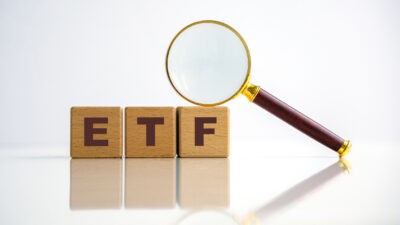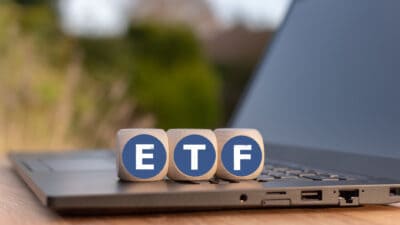Well, it's a brand new year. So if you're looking to give your finances a new year's makeover or plan to manage your money better as a new year's resolution, then ASX 200 shares are a great place to start.
The ASX 200 is an index, the S&P/ASX 200 Index (ASX: XJO) to be exact. This index tracks the performance of the 200 largest shares on the Australian share market. You can't invest directly in the index itself. But you can invest in an index fund with a portfolio of shares that exactly mirrors the composition of the ASX 200.
One example is the iShares Core S&P/ASX 200 ETF (ASX: IOZ). This exchange-traded fund (ETF) holds all 200 shares in the Index in its portfolio. If you invest in this ETF, then you are exposed to the profits of all of these 200 companies.
That brings us to our first reason for investing in the ASX 200:
Diversification
Diversification, or not putting all of your eggs in one basket, is a concept that most financial advisers will tell you is a very good idea when it comes to ASX investing.
If you only own, say, shares of the big four ASX banks, then your fortunes are solely tied to the success of the ASX banking industry. Most experts will tell you that isn't a prudent way to invest your capital.
But with an index ETF, your money is spread out amongst 200 different companies, all operating in different corners of the economy.
You get everything from banking with Commonwealth Bank of Australia (ASX: CBA), to mining with BHP Group Ltd (ASX: BHP), to communications with Telstra Group Ltd (ASX: TLS) to groceries with Woolworths Group Ltd (ASX: WOW).
An ASX 200 index fund is instantly diversified, which removes this important consideration from the equation immediately.
Simplicity
Building on this concept, the second reason to consider investing in the S&P/ASX 200 Index is simplicity. Building a portfolio of individual shares requires a lot of research, pricing considerations for your trades, and the balancing act of diversification that we've already discussed.
But investing in just the index removes all of these barriers from your path. Knowing you are getting the top tier of ASX businesses at all times should be of enormous comfort to any investor with large exposure to the ASX 200.
ASX 200 returns
Our final reason is perhaps the best: the ASX 200 gets results.
The iShares ASX 200 ETF that we discussed earlier has been around for more than a decade. Since its inception in 2010, investors have enjoyed an average return of 7.66% per annum. Over the past 10 years, it's 8.43% per annum:
That is far better than you would have received from any savings account or term deposit.
Around half of those returns come from dividends and franking credits, giving you a nice source of income from your investments as well. This is paid out every quarter, which many investors would appreciate.








